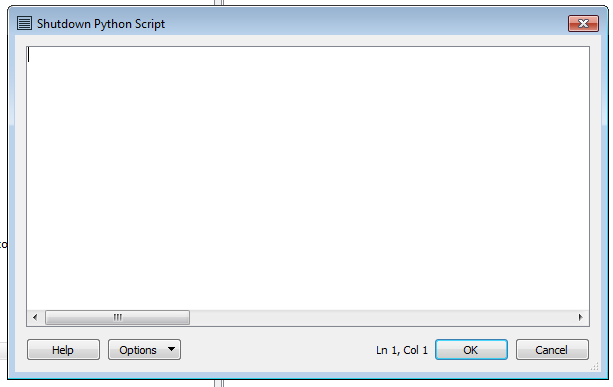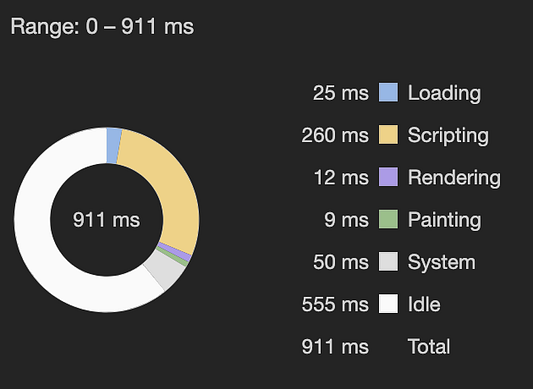

height )) else : size = DEFAULT_SIZE if not os. output_dir else : output_dir = dir + '/resized' if args. input_dir else : input_dir = dir + '/images' if args. add_argument ( '-t', '-height', help = 'Resized Height' ) args = parser. add_argument ( '-w', '-width', help = 'Resized Width' ) parser. Syntax: Image. Also, the aspect ratio of the original image could be preserved in the resized image. The dimensions can be a width, height, or both. Resizing the image means changing the dimensions of it. OpenCV provides us number of interpolation methods to resize the image. Image.resize () Returns a resized copy of this image. To resize images in Python using OpenCV, use cv2.resize () method. The module also provides a number of factory functions, including functions to load images from files, and to create new images.

add_argument ( '-o', '-output_dir', help = 'Full Output Path' ) parser. The Image module provides a class with the same name which is used to represent a PIL image. add_argument ( '-i', '-input_dir', help = 'Full Input Path' ) parser. We will need to import argparse before setting up our command-line arguments: We can also include parameters for the height and width of our resized images. A rectangle region can as well be specified within the available image size, which will be scaled and displayed as a new Image. This will give use the ability to do things like pass in the directory in which our existing images are stored, and pass in another directory of where we would like our new, resized images to go. The resize() method has the NEAREST filter as the default resampling method. Resizing an image means changing the dimensions of it, be it width alone, height alone or changing both of them. Here we will use pillow library for images. In Tkinter, there is no in-built method or any package to work with images.
#Python resize image how to
That being said, in order to make this usable without having to change the script every time, we will use argparse to allow passing in parameters through the command line. In this article, we will learn how to resize an image using python in Tkinter. We now have a working bulk image resize process. Running the script should successfully resize any images that have been placed in our images folder.

save ( new_file ) except IOError : print ( "unable to resize image ". LANCZOS ) new_file = output_dir + "/" + outfile + extension img. Display images cv2.imshow(Resized Down by defining height and width.

open ( input_dir + '/' + infile ) img = img. Now, let us display all the images using the imshow() function from OpenCV. splitext ( infile ) + "_resized" extension = os. def resize_image ( input_dir, infile, output_dir = "resized", size = ( 320, 180 )): outfile = os. Total running time of the script: ( 0 minutes 0. set_title ( "Downscaled image (no aliasing)" ) ax. Now we need to pass the image, which we want to resize in the Image.open object of the PIL module. Though it may seem unusual to you, the Pillow library is imported using import PIL. imshow ( image_downscaled, cmap = 'gray' ) ax. Return Value: A resized copy of the input image. set_title ( "Resized image (no aliasing)" ) ax. imshow ( image_resized, cmap = 'gray' ) ax. set_title ( "Rescaled image (aliasing)" ) ax. imshow ( image_rescaled, cmap = 'gray' ) ax. subplots ( nrows = 2, ncols = 2 ) ax = axes. shape // 4 ), anti_aliasing = True ) image_downscaled = downscale_local_mean ( image, ( 4, 3 )) fig, axes = plt. import pygame picture (filename) picture (picture, (1280, 720)) xxxxxxxxxx. python by Aggressive Anteater on Comment. On the other hand, resizing 1000 images of already reduced size (approx. For instance, resizing 1000 similar images in imagetest folder to 50 of the current resolution took approximately 30 secs on my computer. Here is the solution: from PIL import Image img Image.open ('car.jpg') newimg img.resize ( (500,500), Image.ANTIALIAS) qualityval 90 you can vary it considering the tradeoff for quality vs performance newimg.save ('carresized.jpg', 'JPEG', qualityqualityval) There are list. astronaut ()) image_rescaled = rescale ( image, 0.25, anti_aliasing = False ) image_resized = resize ( image, ( image. how to change the scale of a picture in pygame. Above image was taken with Panasonic Lumix G85 and is 5mb in original size and 4592×3448 resolution. Import matplotlib.pyplot as plt from skimage import data, color from ansform import rescale, resize, downscale_local_mean image = color.


 0 kommentar(er)
0 kommentar(er)
